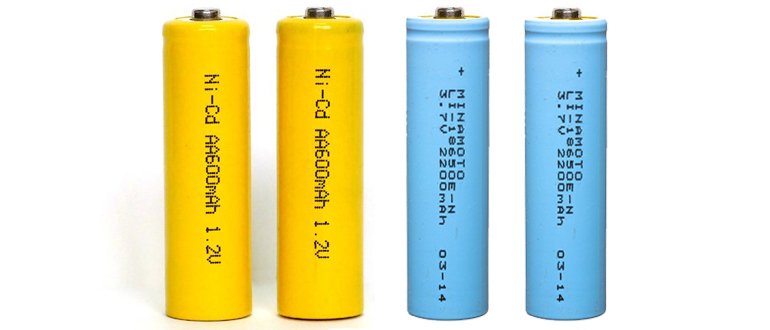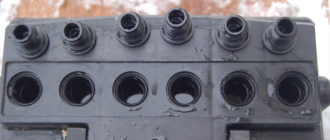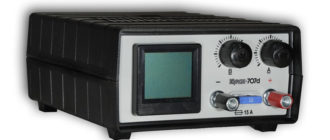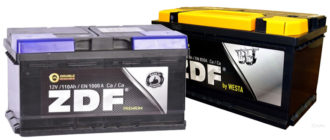Lithium-ion and nickel-cadmium batteries are two popular classes of autonomous power supplies. Each of them has certain boundaries of the best application, and user failures are often associated with ignorance of the features of such batteries. With many similar characteristics, Li-Ion and NiCd batteries differ in their chemical composition, environmental impact, use and cost.
Content
What do Li-Ion and Ni-Cd batteries have in common
Forms and some parameters of these classes of batteries are determined by GOST 26692-85. In particular. This standard sets for both types:
- Dimensions.
- Acceptance and testing procedure.
- Conditions for safe use.
- Completeness of delivery.
- Labeling, packaging and transportation to consumers.
- List of instructions for safe operation.
- Manufacturer's Warranties.
Important! Since the applications of batteries of this type are constantly expanding, GOST R IEC 61426-1-2014 has recently been introduced and applied, which stipulates the general requirements for batteries used as renewable energy sources (for example, in photovoltaics).
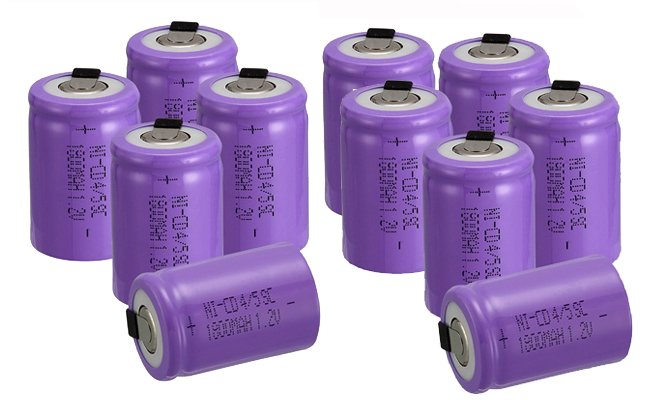
The ranges of battery capacities are also common: both of them can be produced with indicators from 1.2 to 3.6 Ah · or more. A common property can also be called the efficiency of charge / discharge cycles, which, depending on the particular manufacturer, is in the range of 70 ... 90%.
Differences between Li-Ion and Ni-Cd batteries
Let us compare the following characteristics: the essence of electrochemical processes, environmental impact, cost, features of operation and productivity, as well as practical application.
Nickel cadmium battery uses cadmium as an anode (negative terminal), nickel oxyhydroxide as a cathode (positive terminal) and aqueous potassium hydroxide as an electrolyte.
Lithium ion battery uses graphite as an anode, lithium oxide for a cathode and lithium salt as an electrolyte. Lithium ions move from the negative electrode to the positive during the discharge, and in the opposite direction when charging.
| Title | Li-ion power supplies | Ni-Cd Power Supplies |
|---|---|---|
| Voltage | 3.6 / 3.7 V | 1.2 V |
| Number of duty cycles | Up to 1200 | Up to 2000 |
| Charge / discharge efficiency | 80…90 % | 70…90 % |
| Temperature dependence of the intensity of the self-discharge process (per month) | Up to 8% at 21 ° C Up to 15% at 40 ° C Up to 31% at 60 ° C | To 10% |
| Energy density | 250 ... 620 W h / l | 50 ... 150 W h / l |
| Disposal | Low hazardous waste | Hazardous waste |
Ni-Cd batteries contain from 6% (for industrial sources) to 18% (for consumer batteries) cadmium, which is a toxic heavy metal, and therefore requires special care when removing and disposing of a used battery. Such waste is considered environmentally hazardous. At the same time, all components of lithium-ion batteries are environmentally friendly, since lithium is not a toxic metal.
In terms of cost, a lithium-ion battery is about 40% more expensive than nickel-cadmium. This is explained by significant production costs for providing an additional protection circuit that controls the parameters of voltage, current and power.

Than lithium-ion is better than nickel-cadmium
The biggest drawback of nickel-cadmium batteries is their commitment to the so-called “memory effect”, when they are discharged and recharged to the same state of capacity several times.The battery “remembers” the point in the charging cycle at which recharging began, and during subsequent use, the voltage at this point suddenly drops, as if the battery was discharged.
However, the battery capacity actually decreases only slightly. Some types of electronic devices are specially designed to withstand such undervoltage for a long enough time - so that the voltage returns to its normal state. However, some devices and gadgets are turned off during this period, so the battery seems to be "dead" earlier than usual.
A similar effect, called stress depression, is the result of repeated recharging. In this case, the battery is fully charged, but quickly discharges after a short period of operation.
Another problem is the “reverse charge” effect, which occurs due to a user error, or when a battery of several cells is completely discharged. Reverse charging shortens battery life. A byproduct of reverse charging is hydrogen gas, which is hazardous.
Interesting fact: reverse charging occurs with the irregular use of nickel-cadmium power sources. Then dendrites are formed and spread in the batteries - thin conductive crystals that can penetrate through the separation membrane between the electrodes. This leads to an internal short circuit and premature battery failure.
Lithium-ion batteries, by contrast, do not require a high level of service. They can be recharged before they are completely discharged (without the formation of a “memory effect") and operate in a wider temperature range. Compared to Ni-Cd, self-discharge in a lithium-ion solution is less than half of the total capacity, which increases the service life of such a battery. Therefore, a lithium-ion battery can be stored for several months without loss of charge.
Than Nickel Cadmium Battery is Better than Li-ion
NiCd batteries can be assembled into battery packs or used separately. These batteries are small and tiny, so they can be used in everyday life, for example, in flashlights, portable electronics, cameras and camcorders, as well as in toys. For small sizes, nickel-cadmium batteries better provide high pulsed currents with relatively low internal resistance, which makes them the preferred choice for remotely controlled electrically controlled models of aircraft, boats, cars, for cordless power tools, as well as for supplying flash units when the service life and the value of capacity in mah does not play a special role.
Large Ni-Cd batteries are used for air starters, electric vehicles and as backup power sources.
Important! A noticeable disadvantage of a lithium-ion battery is its fragility. Therefore, to ensure safe operation, such a battery needs a special protection circuit.
The protection circuit is designed to limit the peak voltage during charging of the battery or battery. It eliminates the possibility of undervoltage, which can be observed when the power source is discharged. To prevent extreme temperatures and improve application safety, the temperature inside the enclosure is also controlled. All this increases the cost and increases the size of the lithium-ion battery.

Considering qualities such as high energy density, lack of memory effect and slow charge loss, lithium-ion batteries are primarily used for military purposes, in aerospace technology, as well as power sources for modern electric vehicles (where light weight and dimensions are important) .
Which is better: Li-Ion or Ni-Cd
It is impossible to answer this question unequivocally, and it is not necessary. Each type of battery has its own rational application.A Ni-Cd battery is cheaper and has a significant number of charge / discharge cycles (which, however, should not be done often!). The Li-Ion battery is characterized by its compact size, extended battery life, and the absence of a “memory effect"; it can operate in a wider temperature range.
Still have questions? Ask them in the comments!

